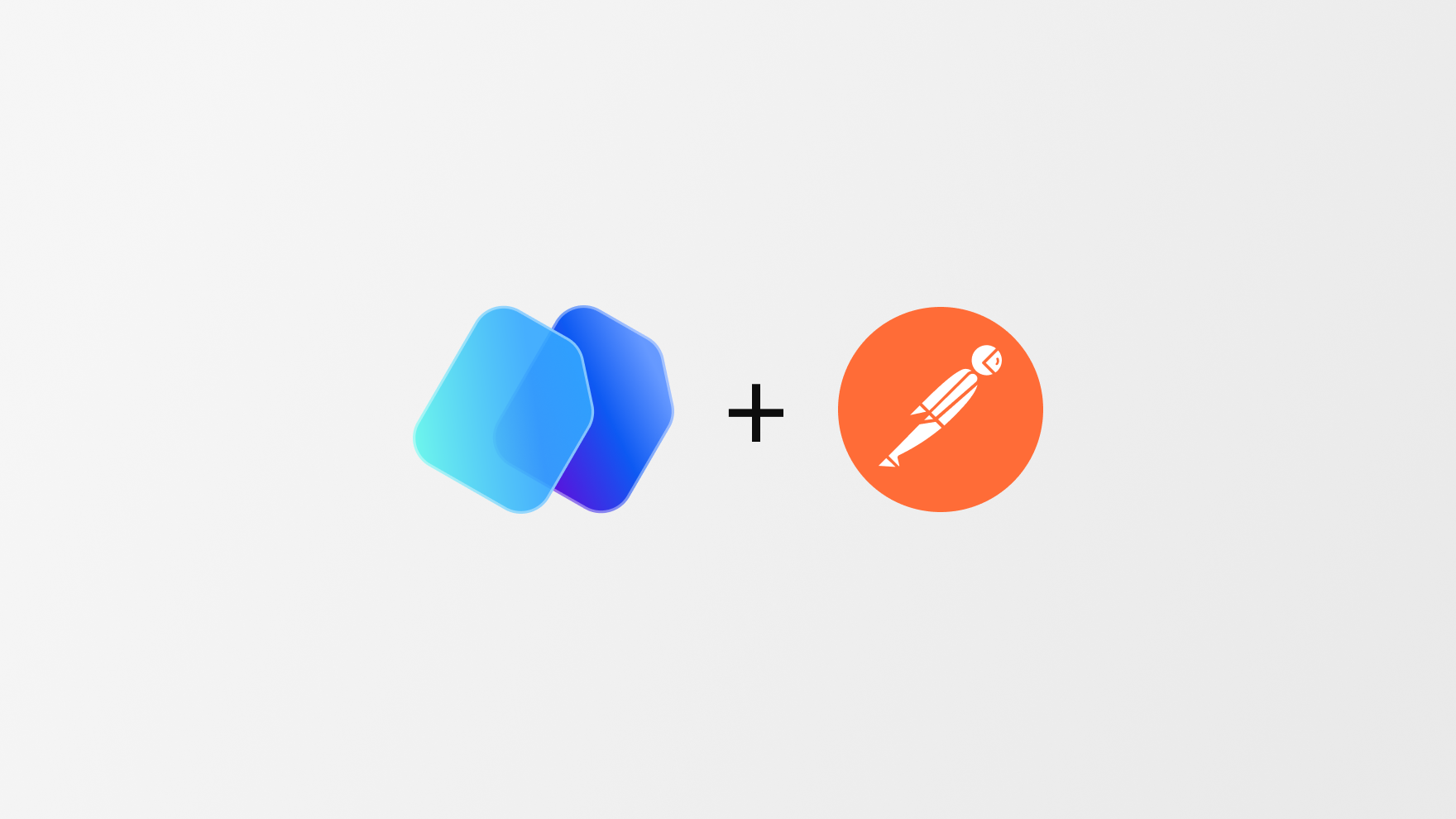How to get started with the Conversion Service using Postman

Postman is a free-to-download tool for making HTTP requests. It can be used for testing and getting acquainted with any REST API such as the one offered by the 4-Heights® Conversion Service.
Set up the system
Download and install the 4-Heights® Conversion Service.
Download: 30-Day Trial
More detailed instructions: Manual
Download and install Postman.
Import request collection to Postman
Download collection: Postman Collection
Open Postman and click Import.
Drag downloaded collection to import window.
Click on 4-Heights® Conversion Service in the Collections view.
Try it out
First, ensure the baseURL in your collection variables specifies the host where your 4-Heights® Conversion Service runs.
Have a look at the available requests: API Reference
To get acquainted with Postman, try out a simple request: list available workflows.
This is useful for gaining an overview of the available workflows.
The name of a workflow can then be used as an input parameter when creating a new job.
Process your first file (for more information about the job processing sequence, please refer to the section "API Usage" in the Manual)
Create new job with a workflow of your choice.
The job is created and ready for data.
The id of the newly created job is saved in the collection variable jobId and used automatically for subsequent requests.
Get job info to verify that a job was actually created.
The response should tell you that the status of the job is "created".
Add data to job (choose file in Body tab).
You can repeat this step several times with different files in order to add more data to your job.
Start job
The conversion service will start processing all the documents you added to the job.
Get job info again.
The response should now tell you that the status of the job is "completed" (or "processing" if you added large files and it has not finished yet).
Get job result to receive information about the result
The id of the first result data set is stored in the collection variable resultId and used automatically in the subsequent request.
If your workflow returns more than one result data set, copy all ids.
Get job result data to receive the actual document generated by the conversion service.
Save the response as a PDF file to view it (click on Save Response, then Save to a file on the right hand side).
Delete job to free up any resources used for processing it.
All collection variables associated with the job are reset.
Summary
Digitalization has drastically changed incoming mail processes. Processing and response times can be reduced significantly despite the huge increase in possible forms and formats that land in the "inbox".